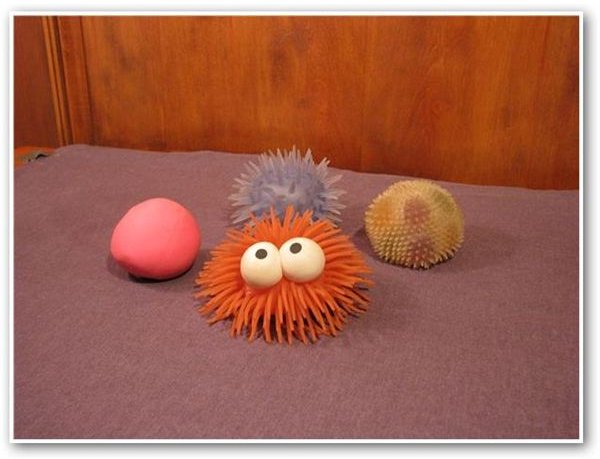Autism and Fine Motor Skills: Developing Fine-Motor Skills in Children With Autism
Promoting Attention to Tasks
Young children on the autism spectrum often have difficulty developing the fine-motor skills that lead to eye-hand coordination, visual discrimination and eventually reading and writing. Distractibility and a preference to seek out movement and other sensory experiences often impact a child’s ability to sit and learn basic skills such as fitting shapes through openings and placing pegs inside holes. Preschool teachers and therapists can create environments and adapt activities to help children develop these critical skills.
Helping kids with autism develop fine-motor skills begins with creating a work environment as distraction-free as possible. A child may benefit from wearing head phones to block out sounds. Seat the child facing a wall or partition with little visual clutter and nothing to touch except the activity you are teaching.
Experiment with different types of seat cushions or sitting on a therapy ball with legs (so that it won’t roll). These enable the child to have some movement while seated. The child might also benefit from working in alternative positions such as reclining in a bean bag, sitting in a rocking chair or kneeling at the table.
Keep the training sessions short and frequent, ending with a sensory reinforcement such as time on a trampoline or use of squeeze balls. Addressing the child’s sensory needs through seating, activities and reinforcements will promote focus and motivation.
Adapt Activities With Sensory Components
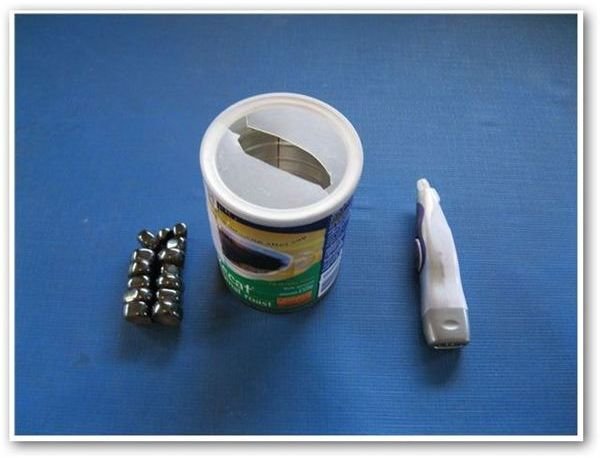
Adapt fine-motor activities by adding a sensory component such as sound, bright lights or vibration. Some commercially available toys such as ring stacks and form boards play music or flash lights upon completion. Vibration may be added to containers or tubes used for ring stacks by placing the handle from an electric toothbrush or a vibrating pen (with the point removed) inside.
After a child has learned how to insert objects inside containers, increase the challenge by providing blocks to fit through a square opening or Lotto cards that fit through a rectangular opening in a coffee can lid. Again, place the vibrating device inside the container to motivate the child.
Unlike commercial shape sorters, these enable the child to practice fitting one simple shape in an opening before attempting to match complex shapes to several openings.
Simplify Activities
Children with autism often have difficulty with motor planning or the ability to plan and execute new motor skills. Simple adaptations such as using larger materials can increase success. For example, a homemade lacing board with only 3-4 large holes will be easier than the boards sold with several smaller holes. Stacking small boxes that are weighted with sand inside are easier to coordinate than small blocks.
This use of heavier materials increases body awareness and the sand makes an interesting sound. An adapted pegboard can be made using small plastic bottles filled with water that fit inside holes in a cardboard box. Add glitter to make the water sparkle. The bottles shown in the photograph below have tiny pieces of colorful plastic inside. The natural reinforcement upon task completion is playing with the bottles.
Whether fine-motor activities are purchased or homemade- parents and educators should consider adaptations that simplify and/or add a sensory component. Then they can gradually add challenges such as smaller pegs or more complex shapes to fit inside a shape sorter.
Once the child experiences success, he or she may be motivated to try other fine-motor activities. The key is to have fun. So, remember when helping kids with autism develop fine-motor skills- that if YOU find the activity to be enjoyable, chances are good that the child will too.
Adapted Activities
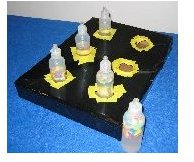
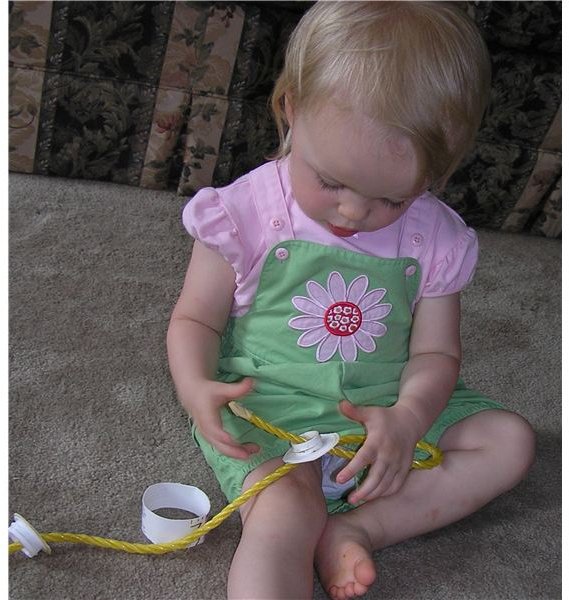
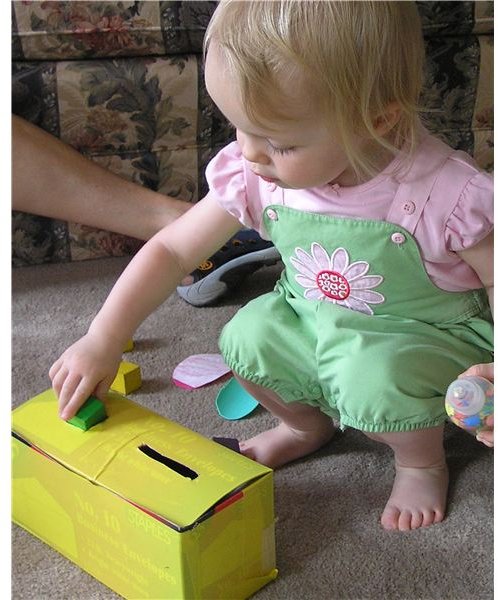
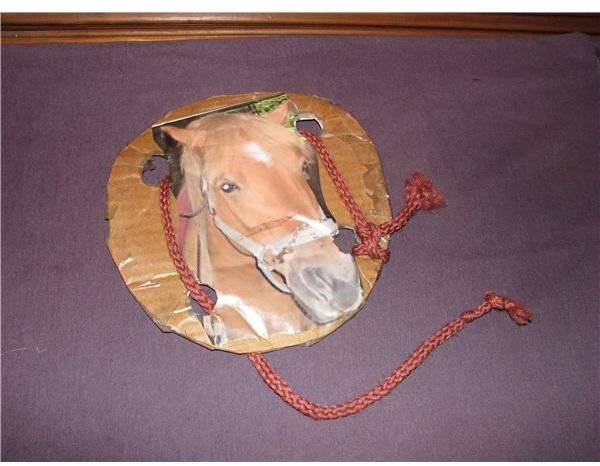
Credit Note
All activity ideas and information in this article are based on the author’s professional experience. All photographs are provided by the author.
